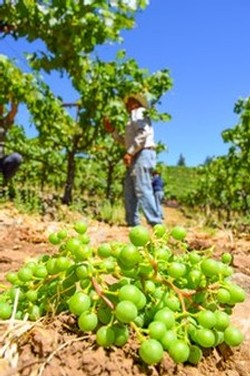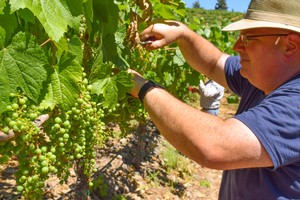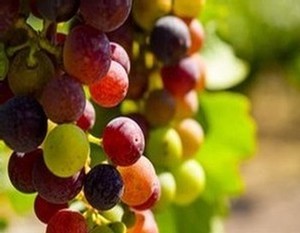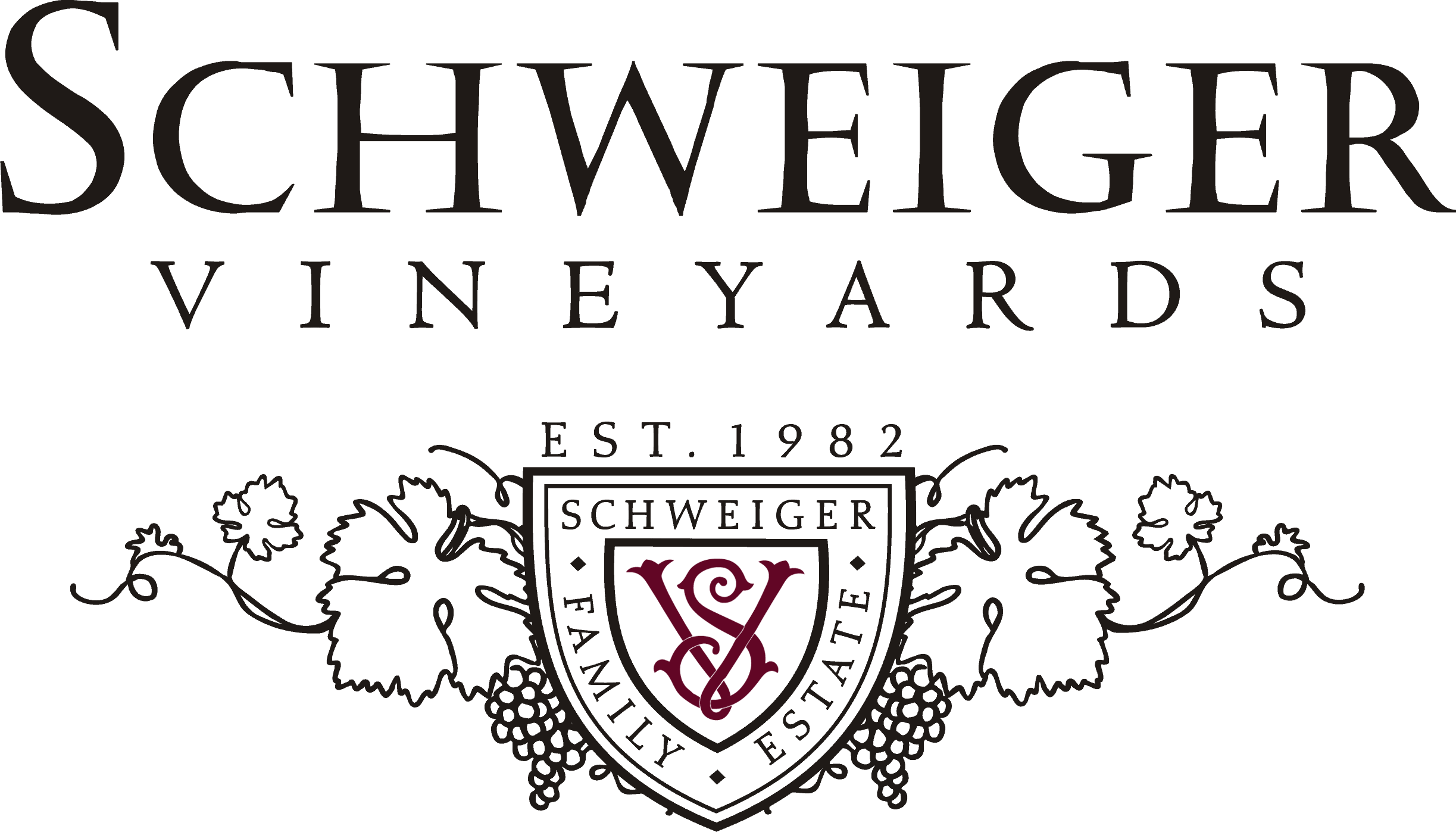Green Drop
Quality over Quantity.
 |
This is not your grocery store wine. Don’t get me wrong, mass produced vino has its place, and it knows its place – quantity over quality to create a less expensive product. It’s what most of us call, “every day wine”. We’ve all been to the local supermarket chain and purchased a $12 bottle of “reserve” Cabernet from a 100,000 case lot, brought it to a friend’s dinner party or paired it with a slice of pizza. Even the most snobby of wine connoisseurs have done it and there is no shame in it. What we are talking about today is one specific facet of grape growing that separates great wine from the rest of the pack – “Green Drop”. |
|
One of the most frequent questions I get from visitors to the Napa Valley is this: “Why are the wines here so expensive?” they ask, “when I can go to the store and get a bottle at $5 - $20!”. It is a valid question and I’m always glad they ask. Now, I can’t speak for our peers, but I can speak for Schweiger Vineyards, and the reason is this: we focus on growing the highest quality wine grapes in the world and, in-fact, purposely attempt to grow less fruit. We have Mother Nature to thank for low yields with our high elevation and volcanic soils, but in addition to her gifts, we employ certain vineyard practices such as what’s called Green Drop. |
|
Recently, our winemaker and viticulturist, Andy Schweiger, brought me to the estate Malbec vineyard where he and our vineyard crew were literally taking half of the fruit off the vines and dropping them to the ground. There, these clusters will eventually become organic matter in the soil. Green Drop is done before the process of veraison begins when the grapes change from green to red and are pumped full of sugar. This enables the vine to focus its wine-creating energy on fewer berries resulting in more intense flavor, color and tannic structure. |
  |
If we were a mass producer, we wouldn’t do this. It’s labor intensive, costly, and sure; we could use the superfluous fruit if we wanted to. But we don’t. What we want is a more complex, age worthy, full bodied wine. “Green drop” is just one of the many ways we get there.
Cheers!
